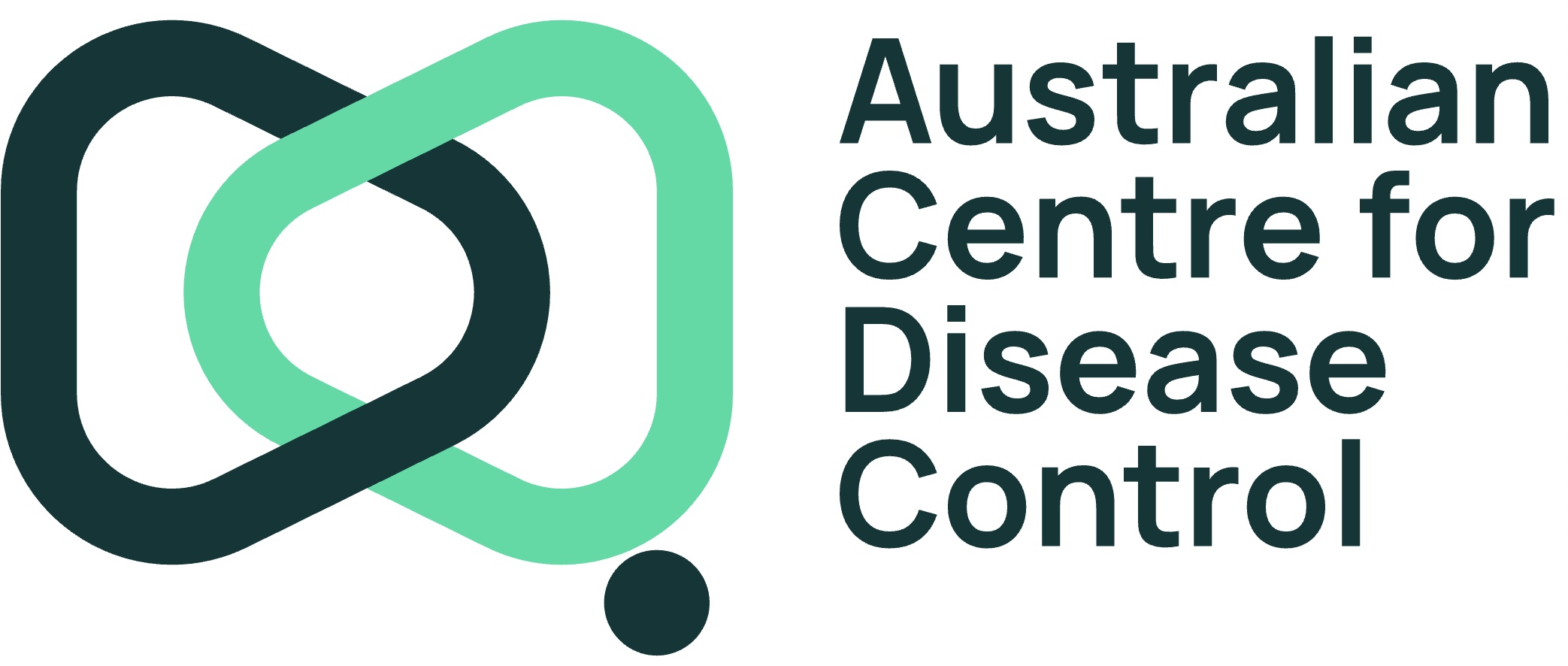Strengthening Australia’s National Disease Surveillance System [DEMO]
Equity and community engagement
Not all communities are equally represented in Australia’s health data—and that means not all are equally protected. Surveillance systems must be designed to include everyone, especially those historically overlooked or marginalised.
In this section, we ask you to consider who may be left out of the system today and how we can improve inclusiveness. What does a culturally safe, accessible, and equitable surveillance system look like in practice?
Groups Often Left Behind
-
Aboriginal and Torres Strait Islander health data is often delayed or incomplete due to fragmented systems
-
Rural communities may lack access to the digital tools needed for timely reporting
-
Language and trust barriers exist for culturally and linguistically diverse (CALD) populations
-
LGBTQIA+ and disability communities report limited representation in outbreak planning
